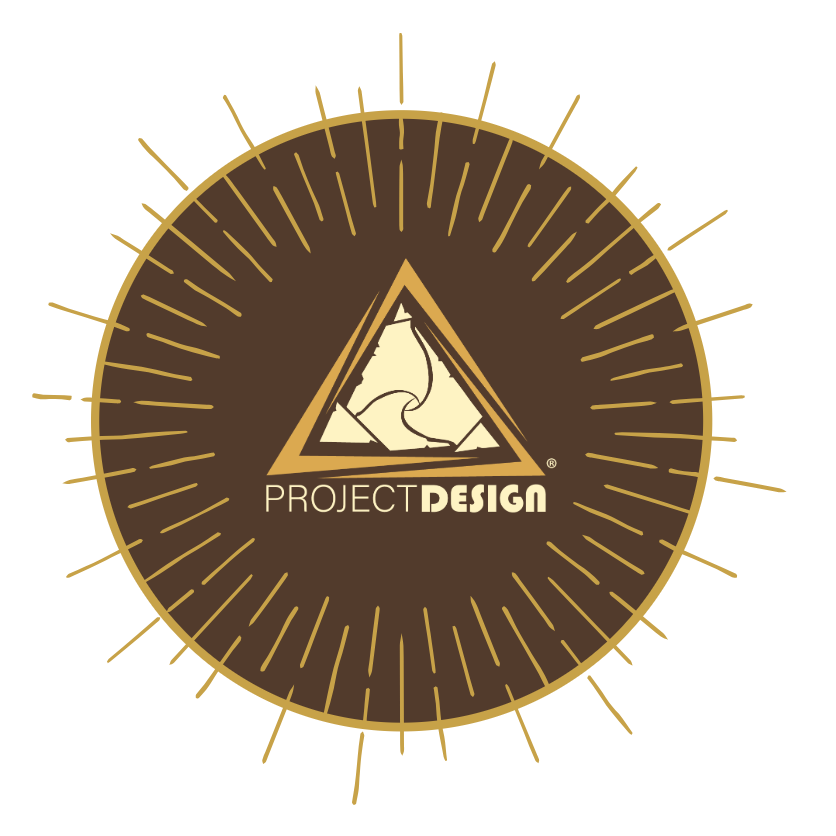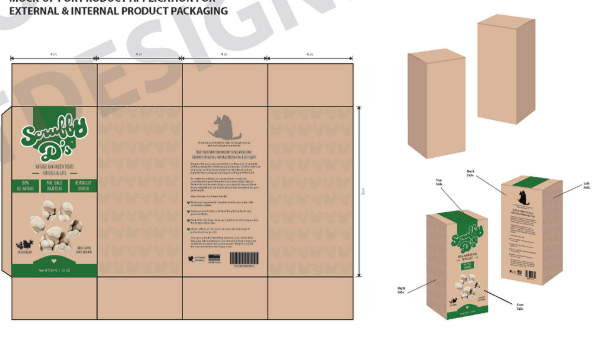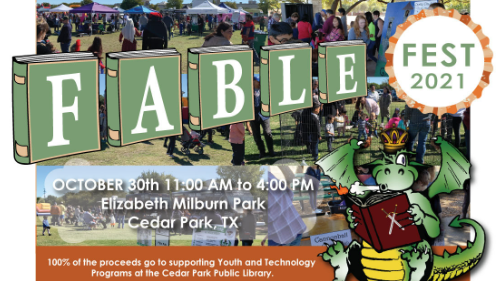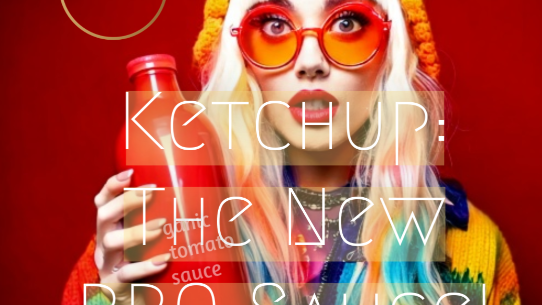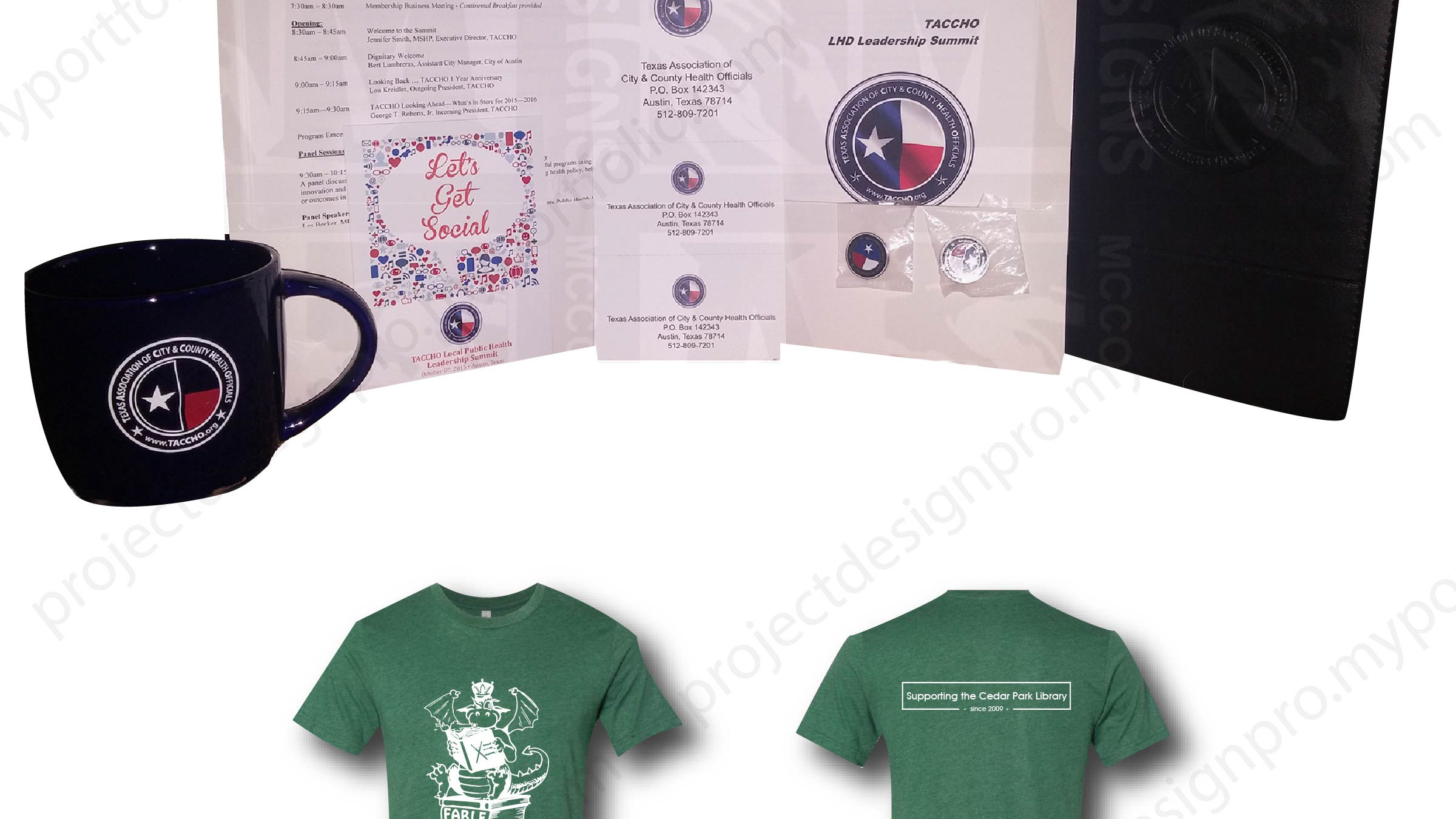A logo is more than just a graphic element; it is the visual cornerstone of a brand’s identity. It encapsulates the essence of a company, product, or organization and communicates its values, personality, and purpose to the world. A well-designed logo can leave an indelible mark in the minds of consumers, serving as a symbol of trust, quality, and recognition.
Logo design is an intricate yet rewarding process that combines artistic flair and strategic thinking. A successful logo not only captures the essence of a brand but also serves as a vital tool for communication and marketing. By prioritizing simplicity, memorability, and relevance, businesses can create logos that leave a lasting impression and stand the test of time. Whether you’re a startup crafting your first logo or an established company seeking a rebrand, a thoughtfully designed logo is an invaluable asset in today’s competitive landscape.
The Importance of Logo Design
A logo is often the first interaction a customer has with a brand. It sets the tone for how the brand will be perceived and often becomes synonymous with the company’s reputation. Think of iconic logos like the swoosh of Nike or the bitten apple of Apple Inc., they are instantly recognizable and evoke specific emotions and associations.
A strong logo serves several purposes:
Brand Recognition: A memorable logo helps people identify your brand quickly and distinguishes it from competitors.
Professionalism: A well-crafted logo gives an impression of credibility and professionalism.
Emotional Connection: Through colors, shapes, and typography, a logo can evoke emotions that align with a brand’s purpose.
Marketing Tool: Logos are versatile; they appear on websites, advertisements, products, and packaging, serving as a consistent and cohesive brand marker.
Elements of a Great Logo
Creating a logo involves a careful balance of artistic creativity and strategic thinking. Several key elements contribute to the success of a logo design:
Simplicity
A simple logo is easy to recognize and versatile across various mediums. Overly complex designs can overwhelm viewers and lose impact. Simplicity ensures that the logo remains clear and effective, whether it’s on a billboard or a business card.
A simple logo is easy to recognize and versatile across various mediums. Overly complex designs can overwhelm viewers and lose impact. Simplicity ensures that the logo remains clear and effective, whether it’s on a billboard or a business card.
Memorability
A great logo is memorable, leaving a lasting impression on the audience. This often comes from a unique feature, such as a clever use of negative space (e.g., the FedEx logo) or a distinctive color palette.
A great logo is memorable, leaving a lasting impression on the audience. This often comes from a unique feature, such as a clever use of negative space (e.g., the FedEx logo) or a distinctive color palette.
Relevance
The logo must resonate with the brand’s target audience and reflect its industry. For example, a tech company might prefer sleek, modern aesthetics, while a children’s brand might opt for playful and colorful designs.
The logo must resonate with the brand’s target audience and reflect its industry. For example, a tech company might prefer sleek, modern aesthetics, while a children’s brand might opt for playful and colorful designs.
Scalability
A logo should look good at any size. Whether it appears on a website favicon or a large storefront sign, the design must remain visually appealing and legible.
A logo should look good at any size. Whether it appears on a website favicon or a large storefront sign, the design must remain visually appealing and legible.
Timelessness
A great logo withstands the test of time. While trends in design come and go, logos that rely on classic design principles remain relevant years after their creation.
A great logo withstands the test of time. While trends in design come and go, logos that rely on classic design principles remain relevant years after their creation.
Versatility
A logo should be adaptable for use in various formats and mediums, from digital platforms to physical products. Designing a logo in vector format ensures it scales without losing quality.
A logo should be adaptable for use in various formats and mediums, from digital platforms to physical products. Designing a logo in vector format ensures it scales without losing quality.
The Design Process
Designing a logo is a structured process that blends creativity and research. Below are the key steps involved:
Step 1: Research and Discovery
Before the first sketch, it's essential to understand the brand’s values, target audience, and competitive landscape. This phase involves asking questions like:
What does the brand stand for?
Who is the target audience?
What visual styles resonate in the industry?
This research helps establish a foundation for the design.
Step 2: Brainstorming & Conceptualization
The designer generates ideas and drafts initial concepts based on the information gathered. This phase often involves sketching by hand or using design software to explore various approaches.
Step 3: Typography & Color Choice
Typography and color are vital components of a logo. Fonts should align with the brand’s personality, whether it’s bold and modern or elegant and traditional. Similarly, color choices should evoke the desired emotions. For example:
Red: Passion, energy, and urgency.
Green: Growth, health, and sustainability.
Blue: Trust, professionalism, and calmness.
Step 4: Refinement
From the initial drafts, the most promising designs are selected and refined. This includes tweaking proportions, adjusting colors, and ensuring the logo works across various platforms.
Step 5: Feedback and Iteration
Designers often share their concepts with stakeholders to gather feedback. This collaborative effort ensures the final logo aligns with the brand’s vision.
Step 6: Finalization
The finalized logo is developed in multiple formats (e.g., PNG, SVG, EPS) to ensure versatility. A style guide may also be created to outline usage rules, ensuring consistency across all brand materials.
Famous Examples of Effective Logos
Examining some of the world’s most iconic logos provides insight into what makes them effective:
Apple: A simple and sleek design that embodies innovation and sophistication.
Nike: The swoosh symbolizes motion and athleticism, aligning perfectly with the brand’s values.
McDonald's: The golden arches are universally recognized, evoking warmth and familiarity.
Common Mistakes to Avoid
While designing a logo, it’s important to steer clear of common pitfalls:
Overcomplication: Too many elements can make a logo appear cluttered.
Copying Trends: Following design fads can make a logo seem outdated within a few years.
Ignoring Audience: A logo must resonate with the target market; failing to consider this can alienate potential customers.
Poor Scalability: A logo that doesn’t adapt well to different sizes will limit its usability.
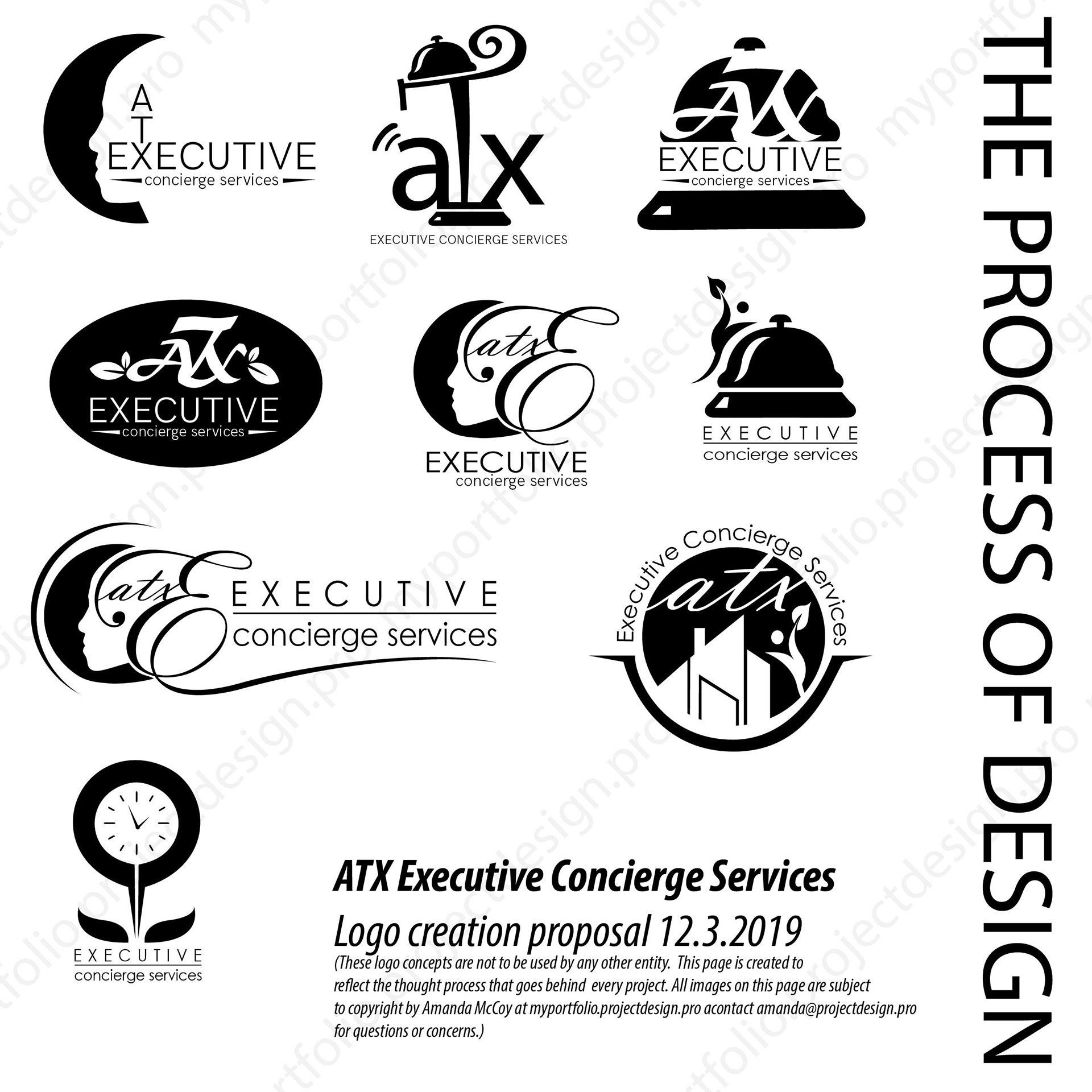
2019 - Example visualizing the creative process that goes into designing a logo from concept to completion. Designed by A. Meredith using Adobe Illustrator
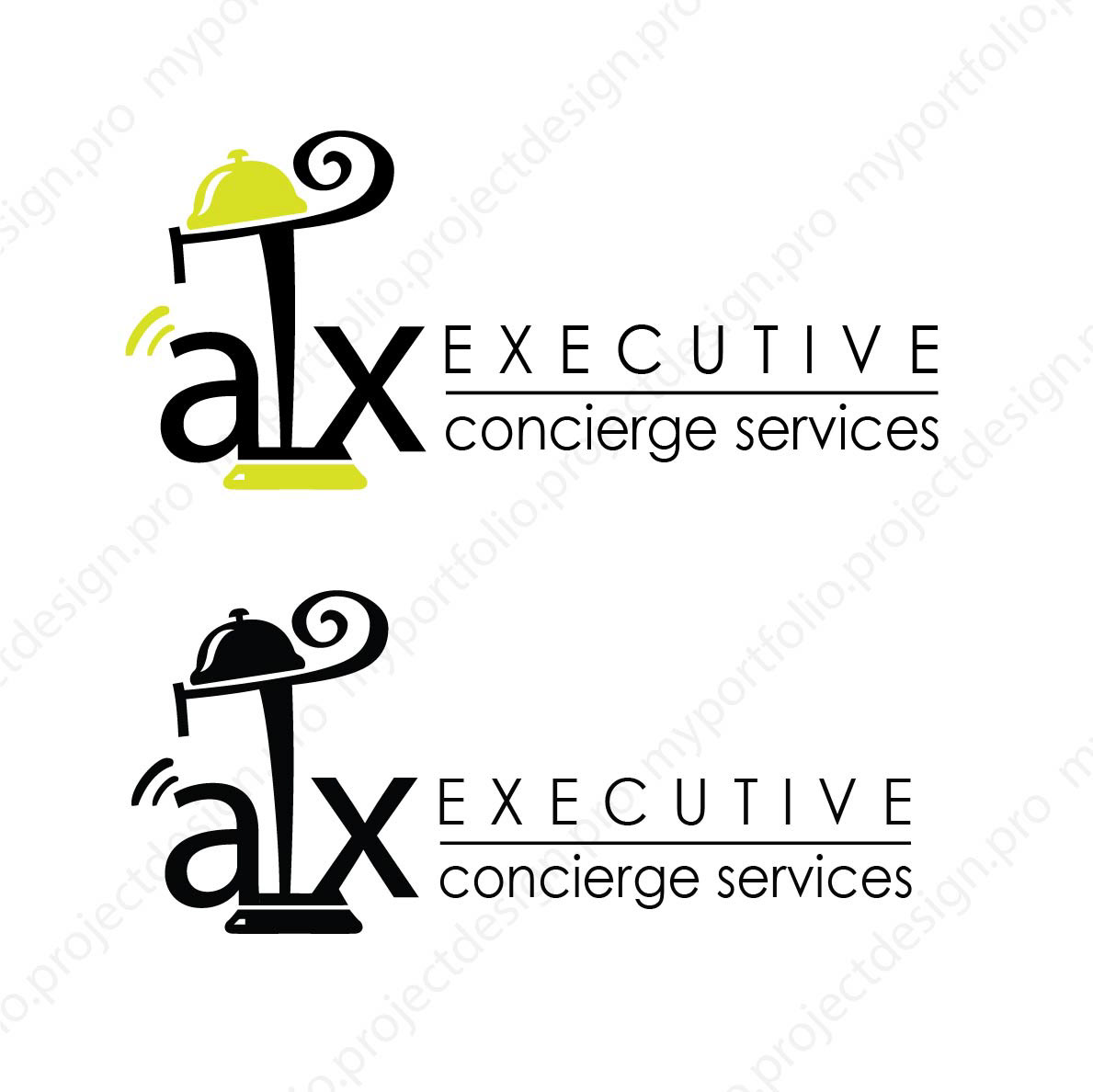
2019 - Example of final logo for Executive concierge services. Designed by A. Meredith using Adobe Illustrator

2019 - Logo created for the Cedar Park Public Library Foundation for universal branding purposes while serving as a board member and advocate. Visit cedarparkbooks.org to see utilization of logo. Designed by A. Meredith using Adobe Illustrator

2014 - Example logo concept for an E-commerce floral shop. Designed by A. Meredith using Adobe Illustrator
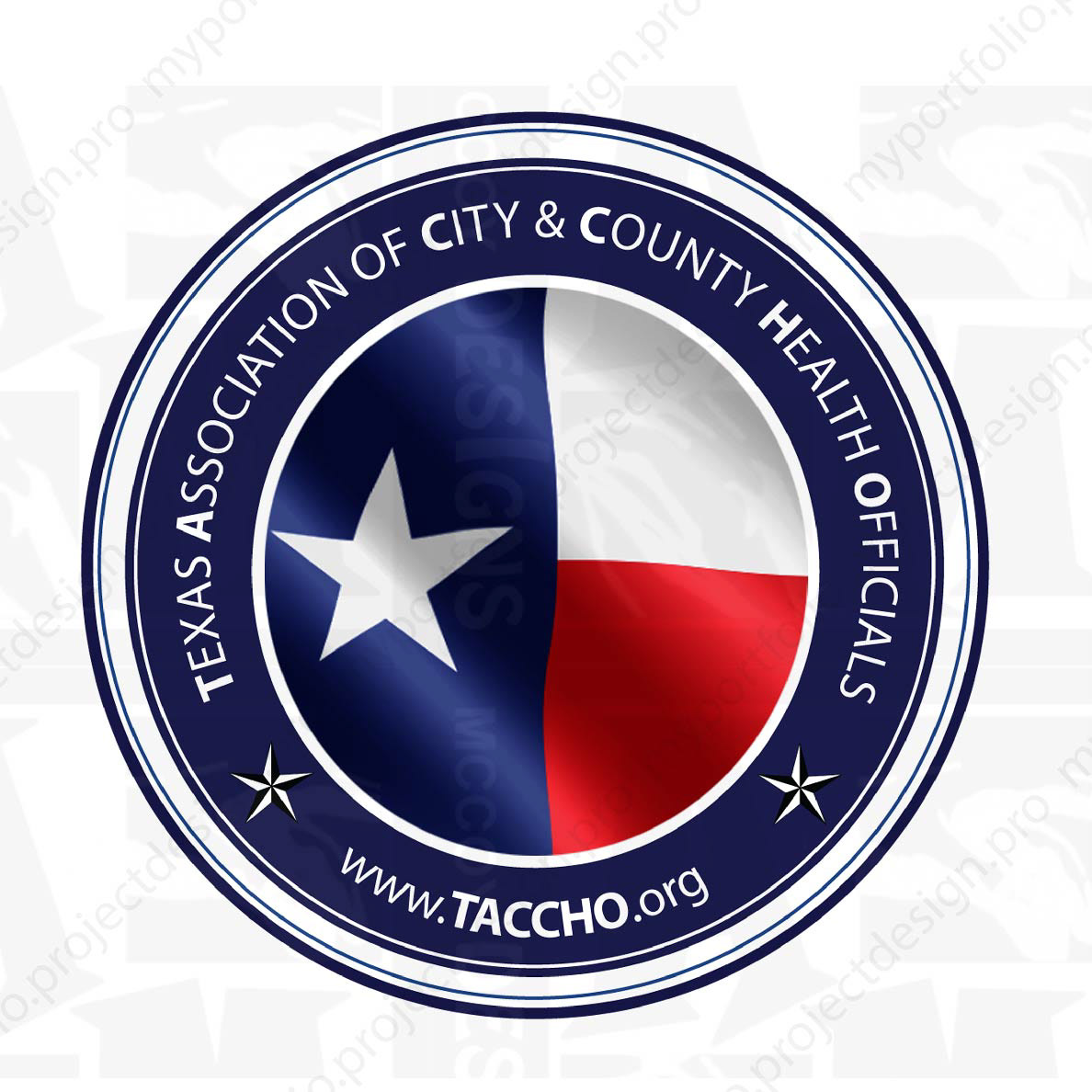
2013 - Example logo used for TACCHO, for organization branding. Designed by A. Meredith using Adobe Illustrator
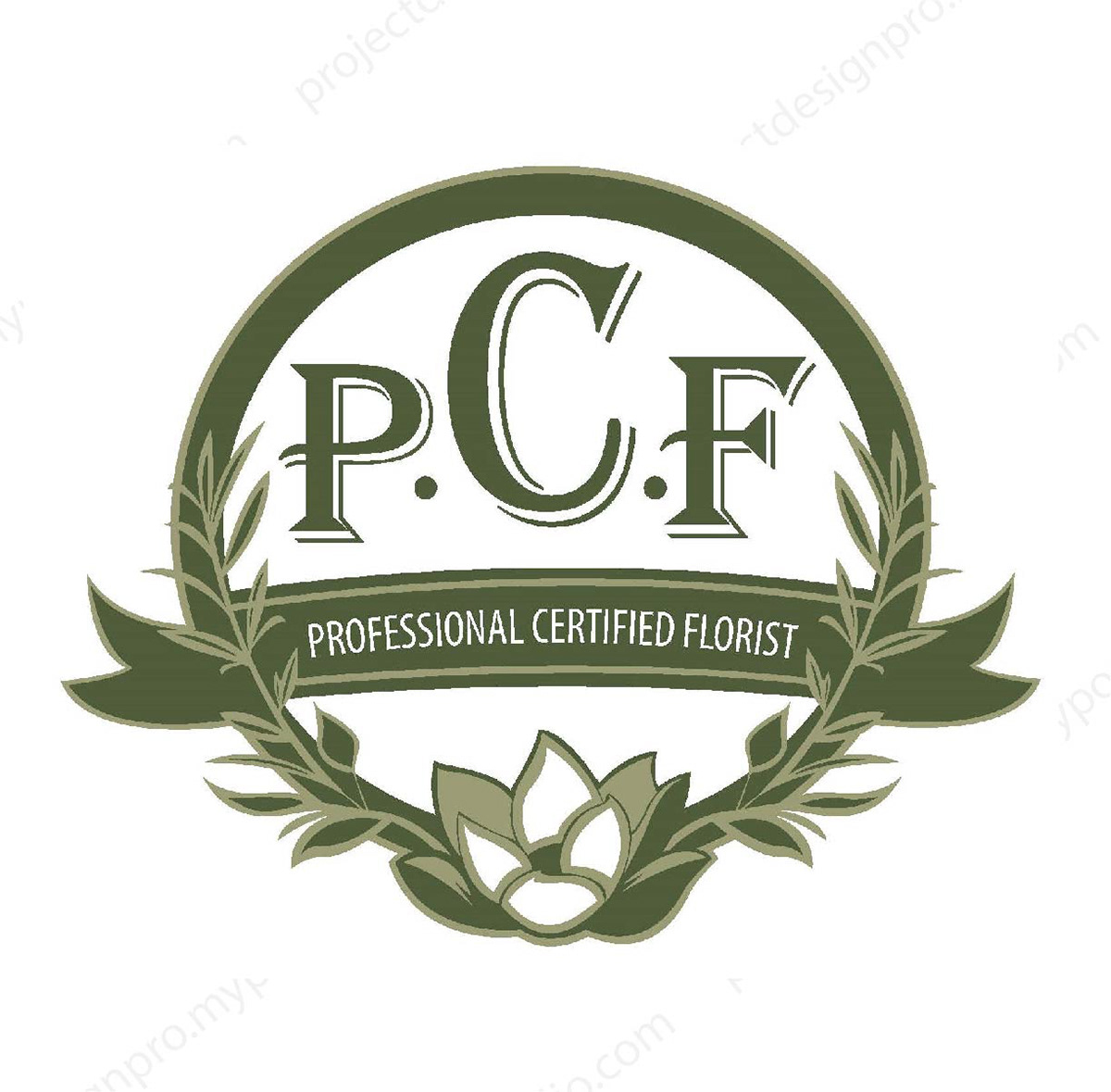
2019 - Example logo concept for a certification program. Designed by A. Meredith using Adobe Illustrator
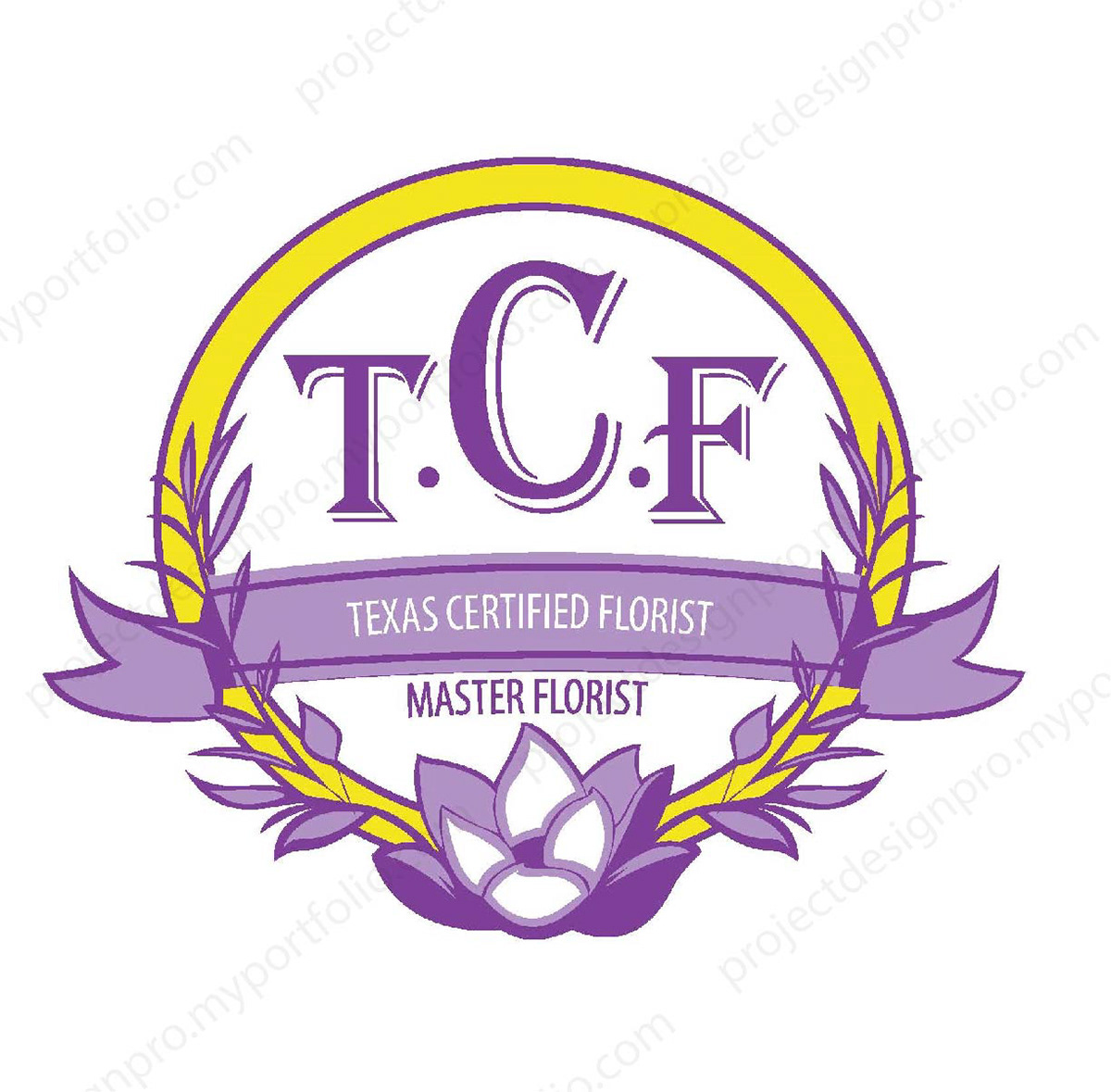
2019 - Example logo concept for a certification program. Designed by A. Meredith using Adobe Illustrator
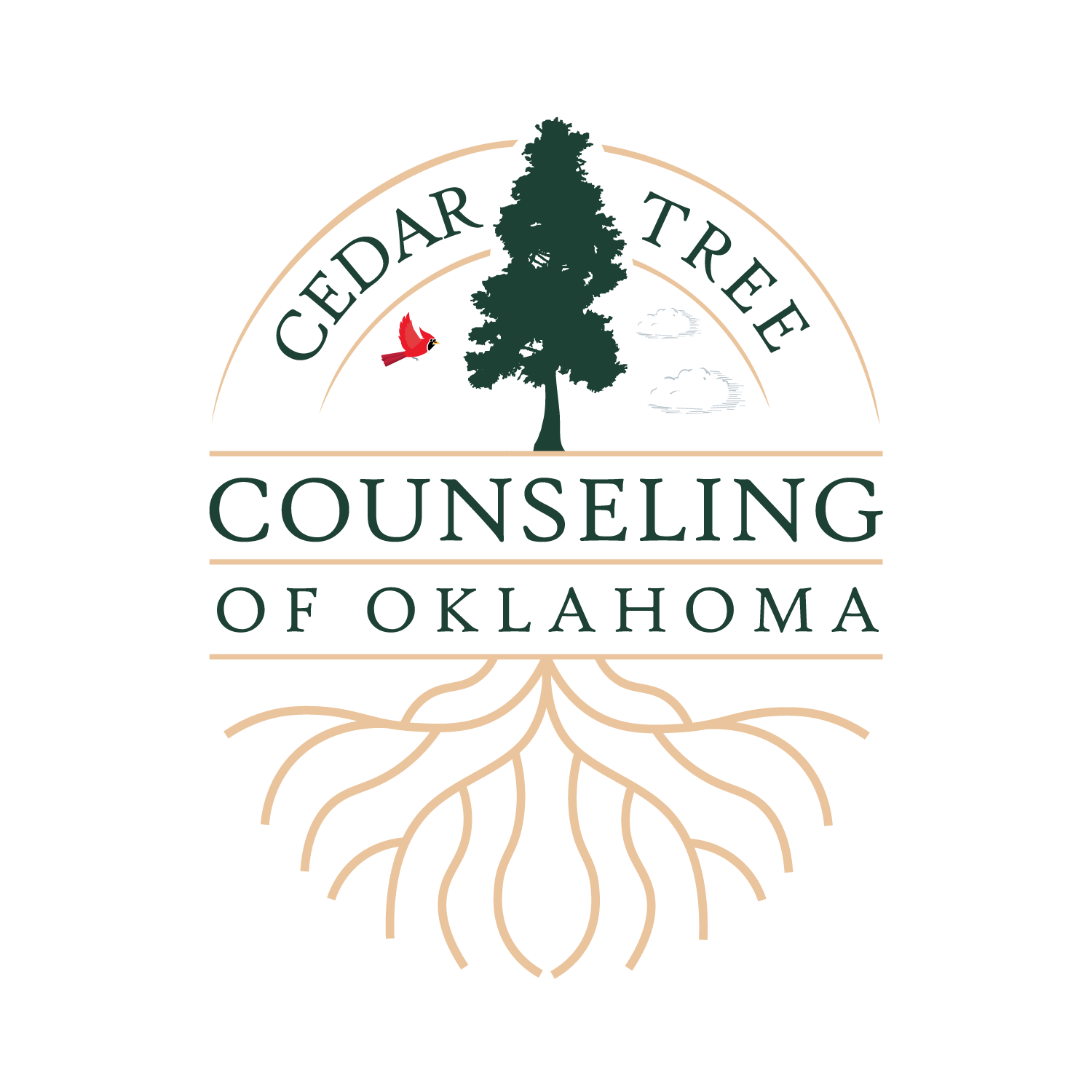
2021 - Counseling center logo

2022 - Flower boutique logo
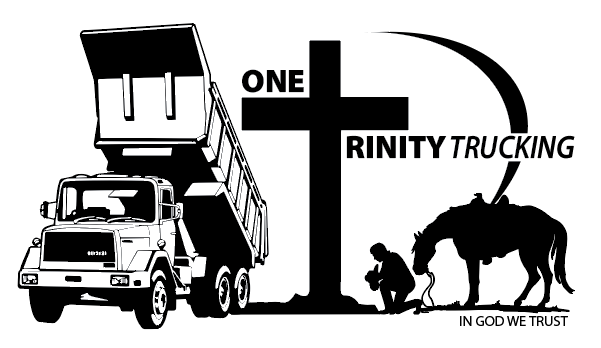
2016 - Trucking company logo
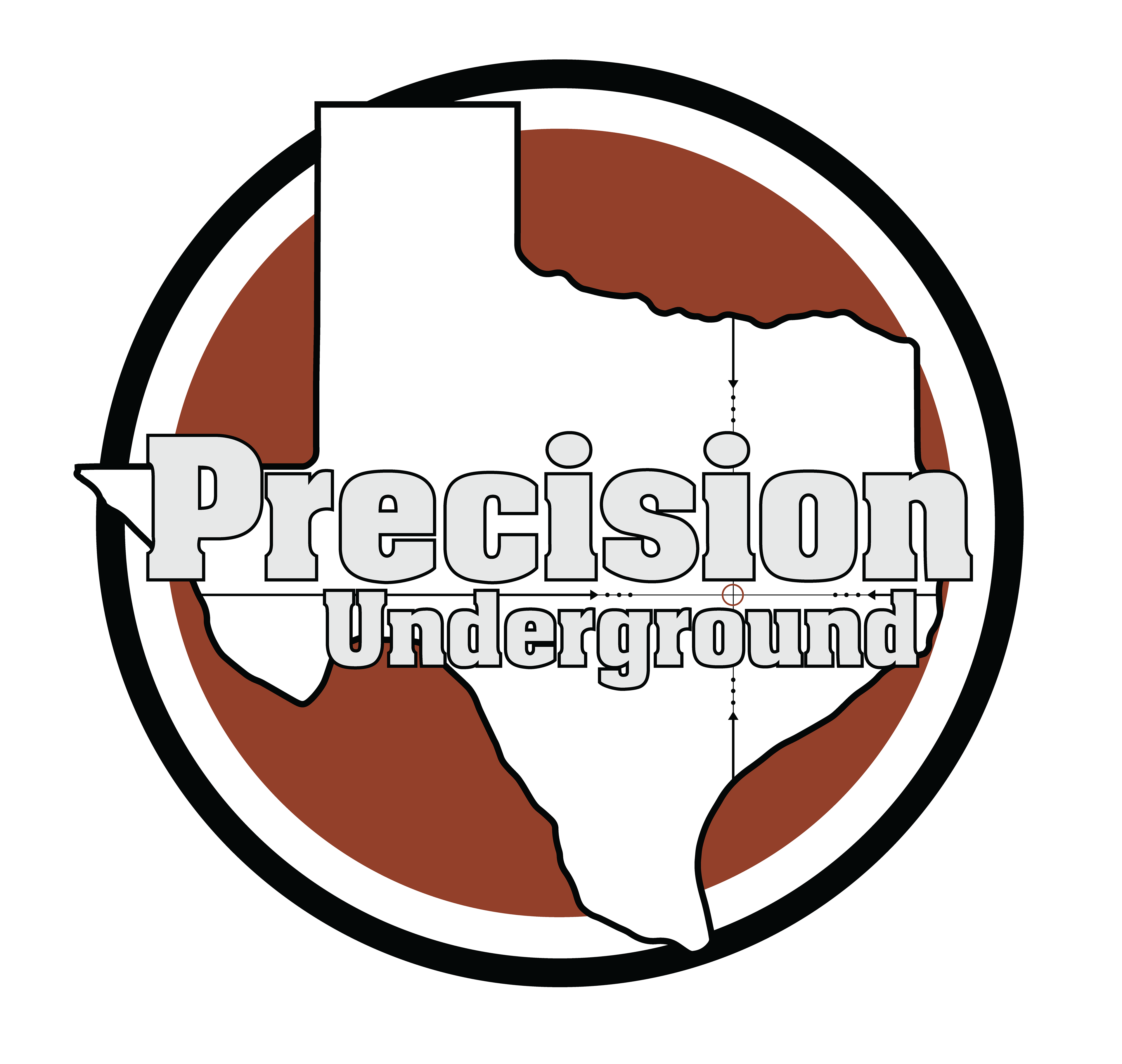
2013 - Underground utility logo
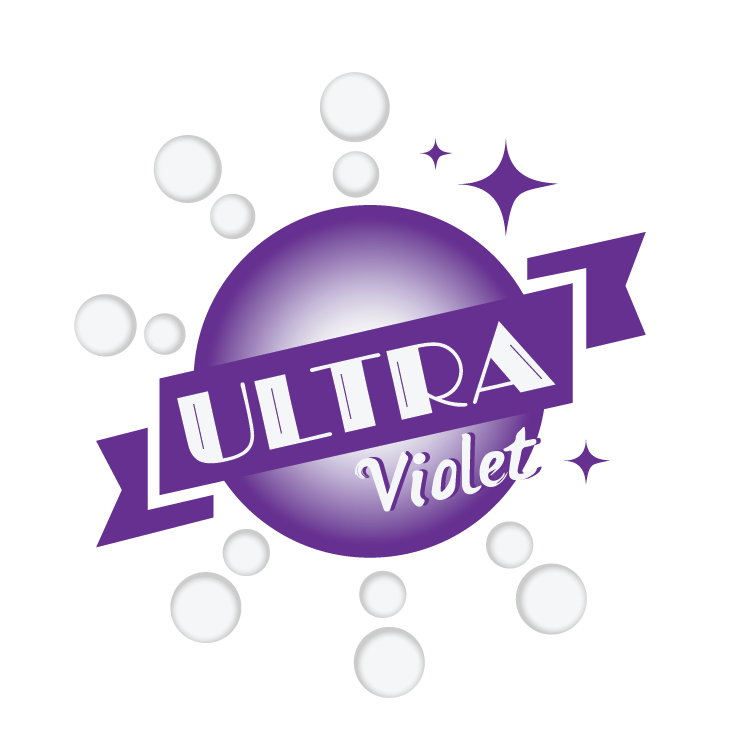
2023 - Car Wash logo
Logo created for a final project after completion of Leadership Cedar Park 2018. Logo is not currently in use.
